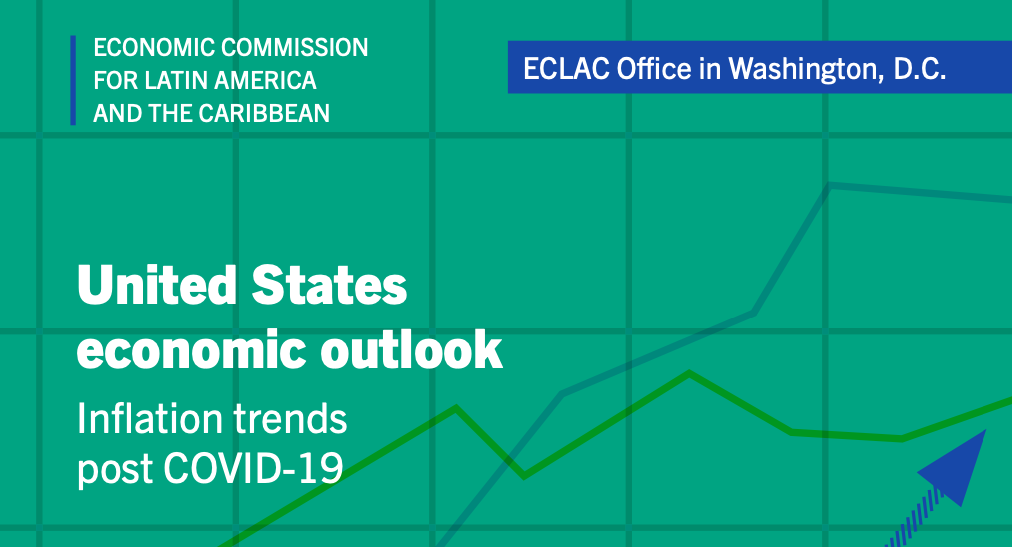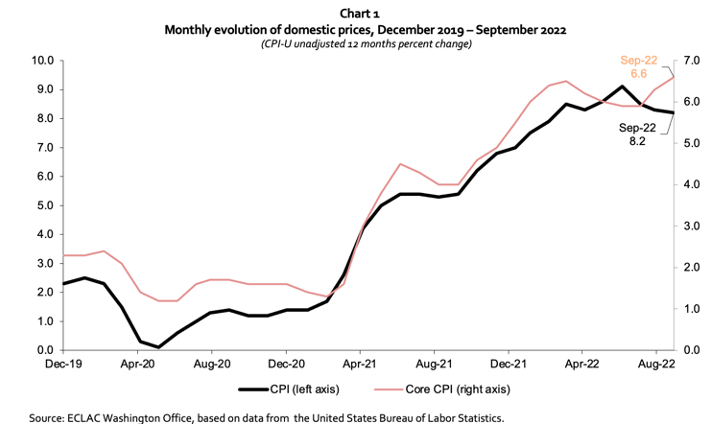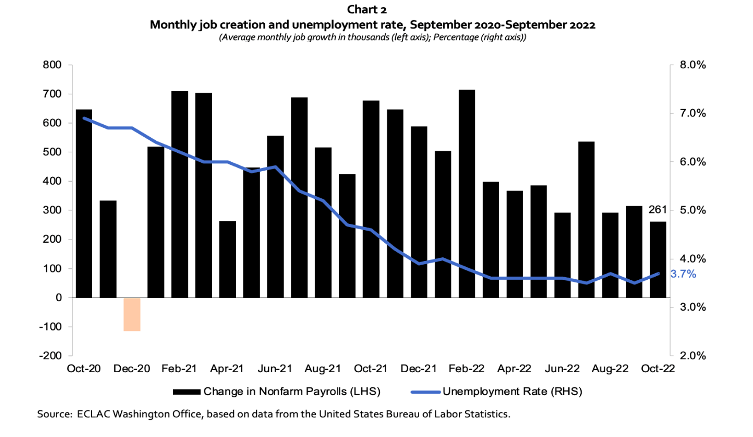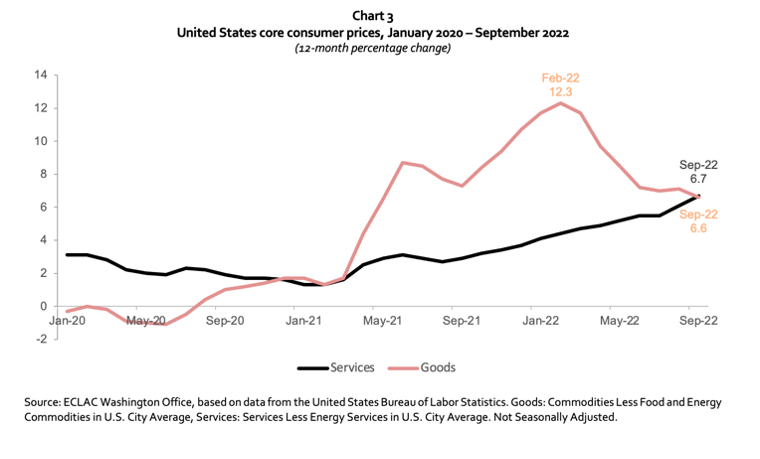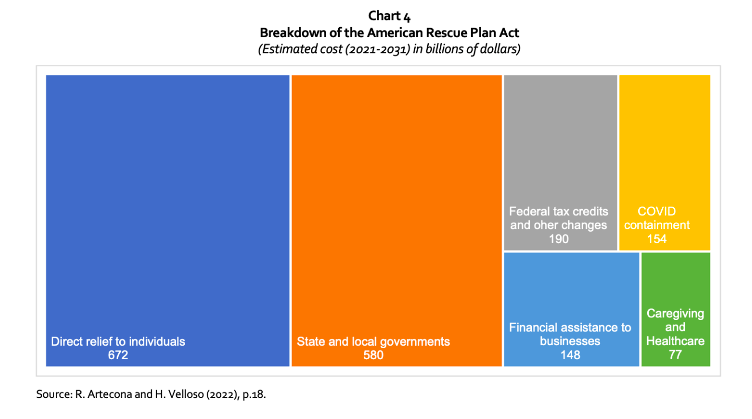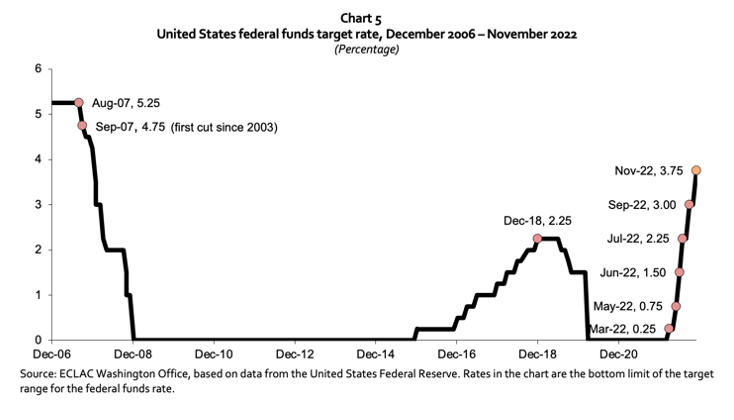Speech
The United States headline and core inflation figures have been above target since April 2021. The factors behind this surge in prices, which have been difficult to disentangle, have been a topic of debate among policymakers and academics.
Some emphasize the pandemic-induced shift in consumer spending from services to goods, which occurred just as supply chains and labor markets were disrupted, as an important factor behind the increase in inflation. A uniqueness to the United States economy in the supply-side argument is the tightness of the labor market. In October, employers added 261,000 jobs, the 22nd consecutive month of employment gains.
Inflation started in goods affected by supply chain issues. However, while supply chain pressures have eased over the summer, for the 12 months ended in September 2022, core service prices were up 6.7%, the fastest pace since 1982. Labor costs comprise more of the costs in services than in goods. The broadening of inflation to the service sector is a concern as it may make it more difficult for the Federal Reserve to bring inflation back to target in a timely manner.
Others place more emphasis on demand factors, faulting the largesse of pandemic stimulus measures such as the CARES Act passed in 2020 and the American Rescue Plan Act passed in early 2021 in particular, as well as the historic level of monetary accommodation, for pushing demand beyond the economy’s productive capacity.
The Federal Reserve has approved six interest rate increases this year, as well as a plan to shrink its US$ 9 trillion asset portfolio to combat inflation and address excess demand. On 2 November 2022, the Federal Reserve enacted its fourth consecutive 0.75 percentage point interest rate increase, taking the federal funds rate to a range of 3.75%-4.00% and bringing it further into restrictive territory.
For a complete and detailed analysis see the PDF attachment with the full document.
